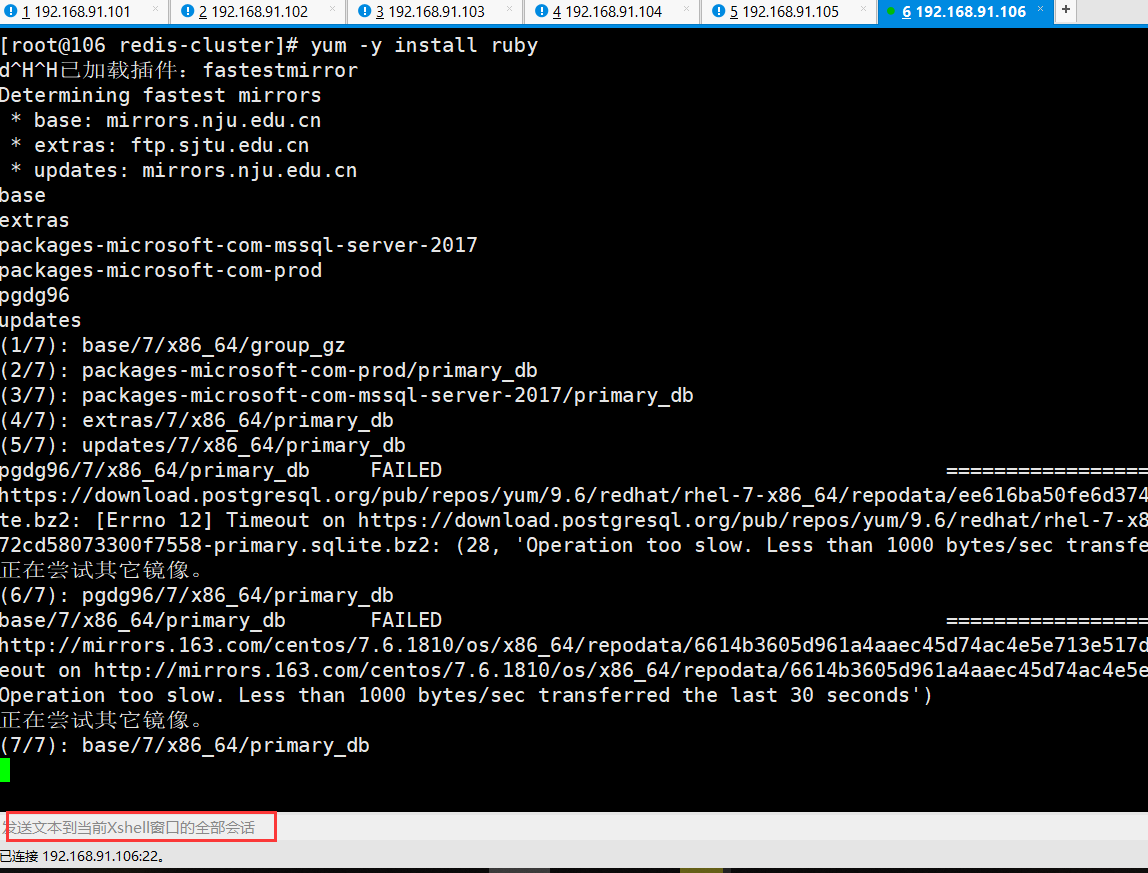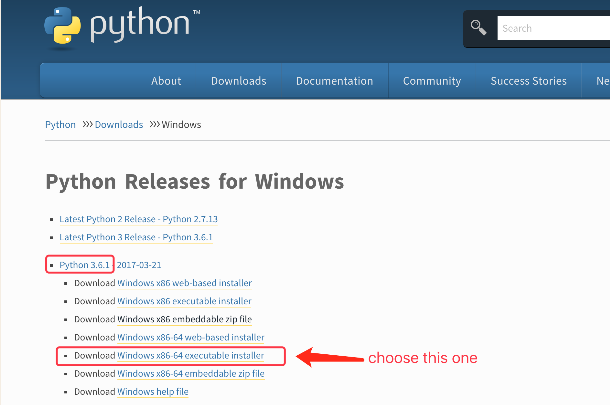所以我有一个应用程序有2个不同的模型,评论和回复,每个你可以同意或不同意,所以我有一个名为Emotion的多态模型.这是我的代码:
class Comment < ActiveRecord::Base belongs_to :user has_many :replies has_many :emotions,:as => :emotionable end class Reply < ActiveRecord::Base belongs_to :user belongs_to :comment has_many :emotions,:as => :emotionable end class Emotion < ActiveRecord::Base belongs_to :emotionable,:polymorphic => :true end
所以这一切都很好,但是我需要为Comment和Reply添加一个计数器缓存,以便获得每个对象的Agrees和disagree的大小.在所有文档中,它都有使用正常多态关联进行计数器缓存的示例,而不是具有额外条件的计数缓存.作为参考,Emotion的模式如下所示:
create_table "emotions",:force => true do |t| t.integer "user_id" t.string "emotion" t.integer "emotionable_id" t.string "emotionable_type" t.datetime "created_at",:null => false t.datetime "updated_at",:null => false end
TL:DR – 我需要能够通过计数器缓存对多态关联调用@commet.agrees_count,@ comment.disagrees_count,@ reply.agrees_count和@ reply.disagrees_count.所以评论和回复将需要2个计数器缓存.


